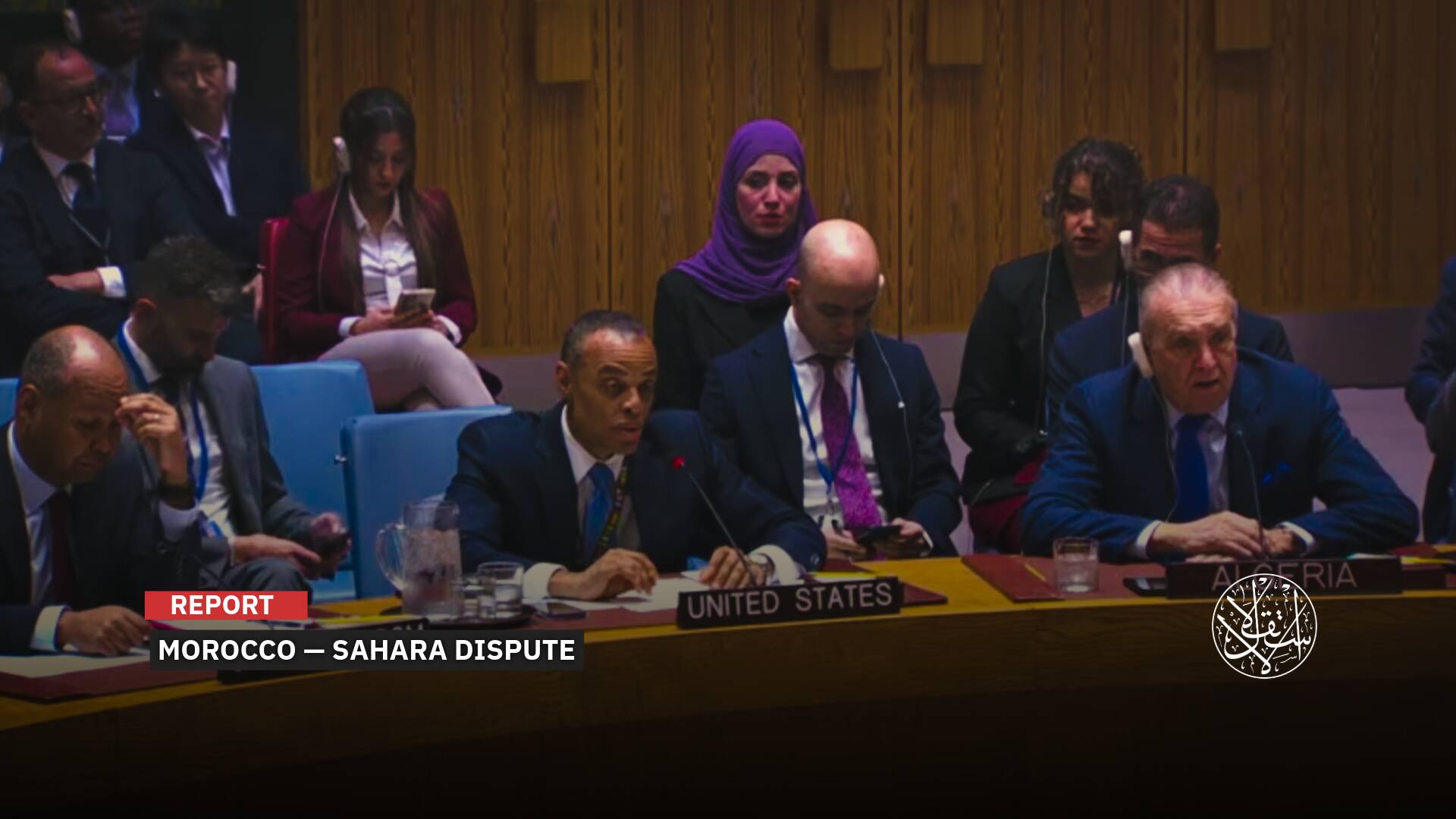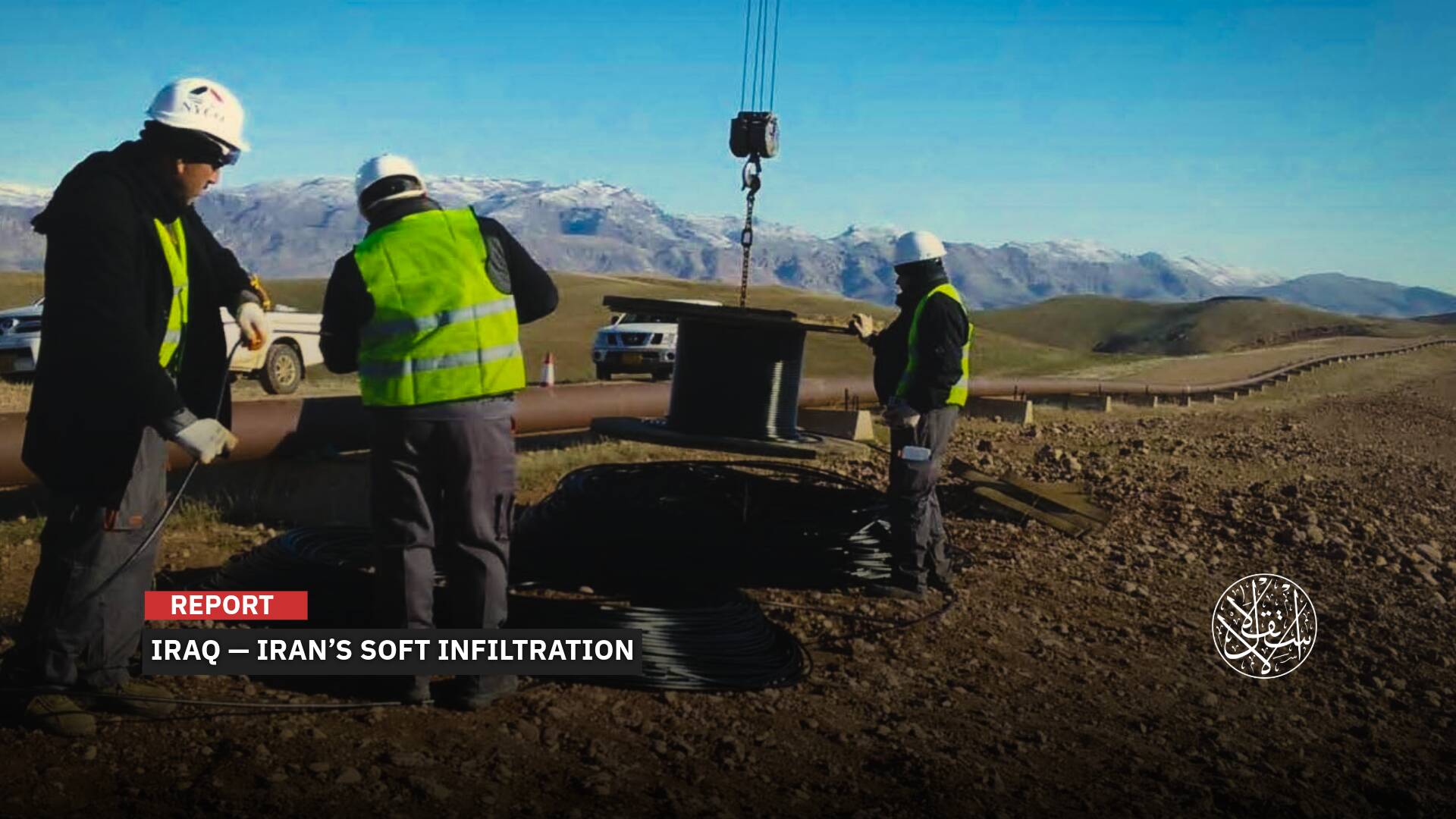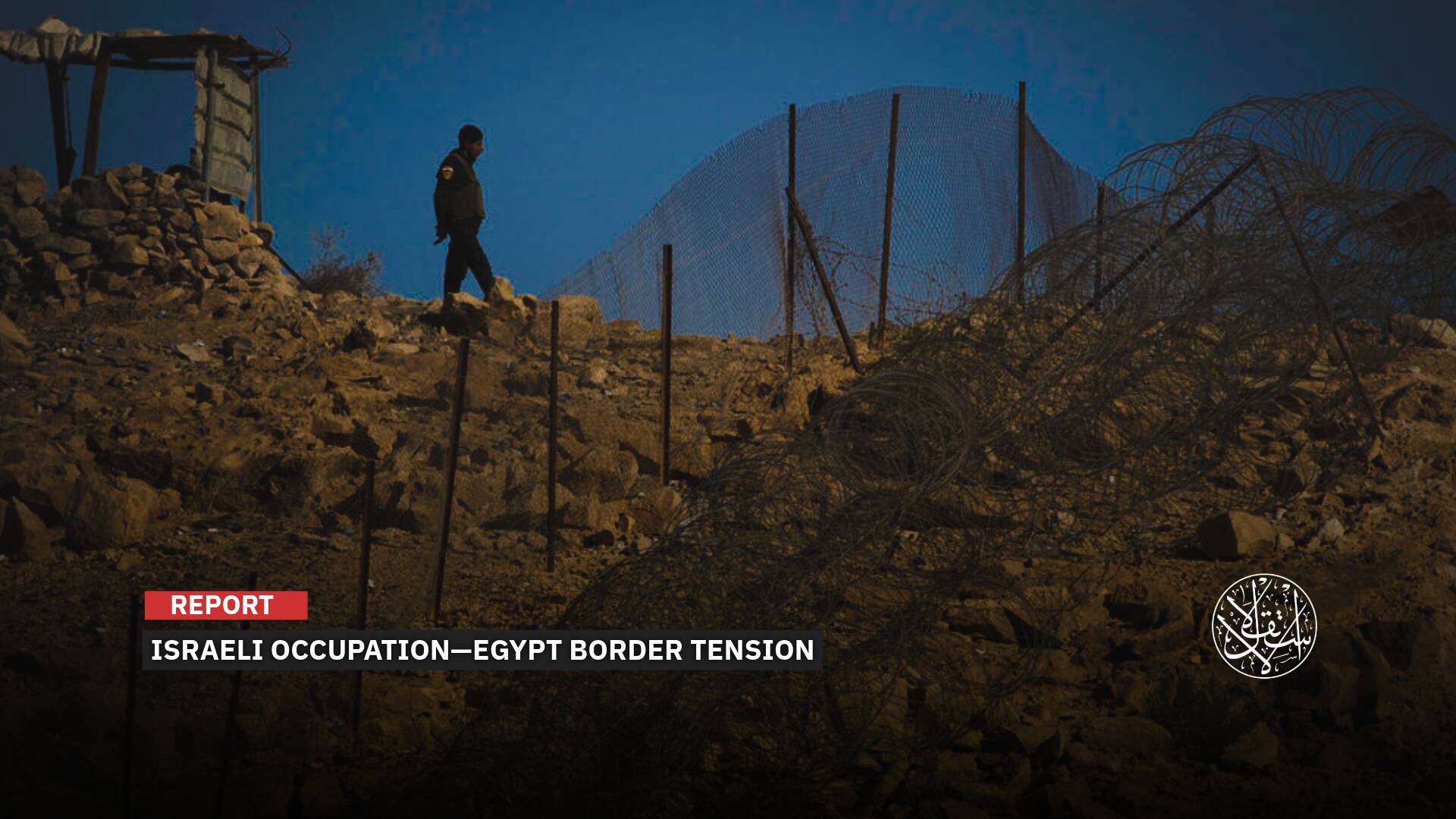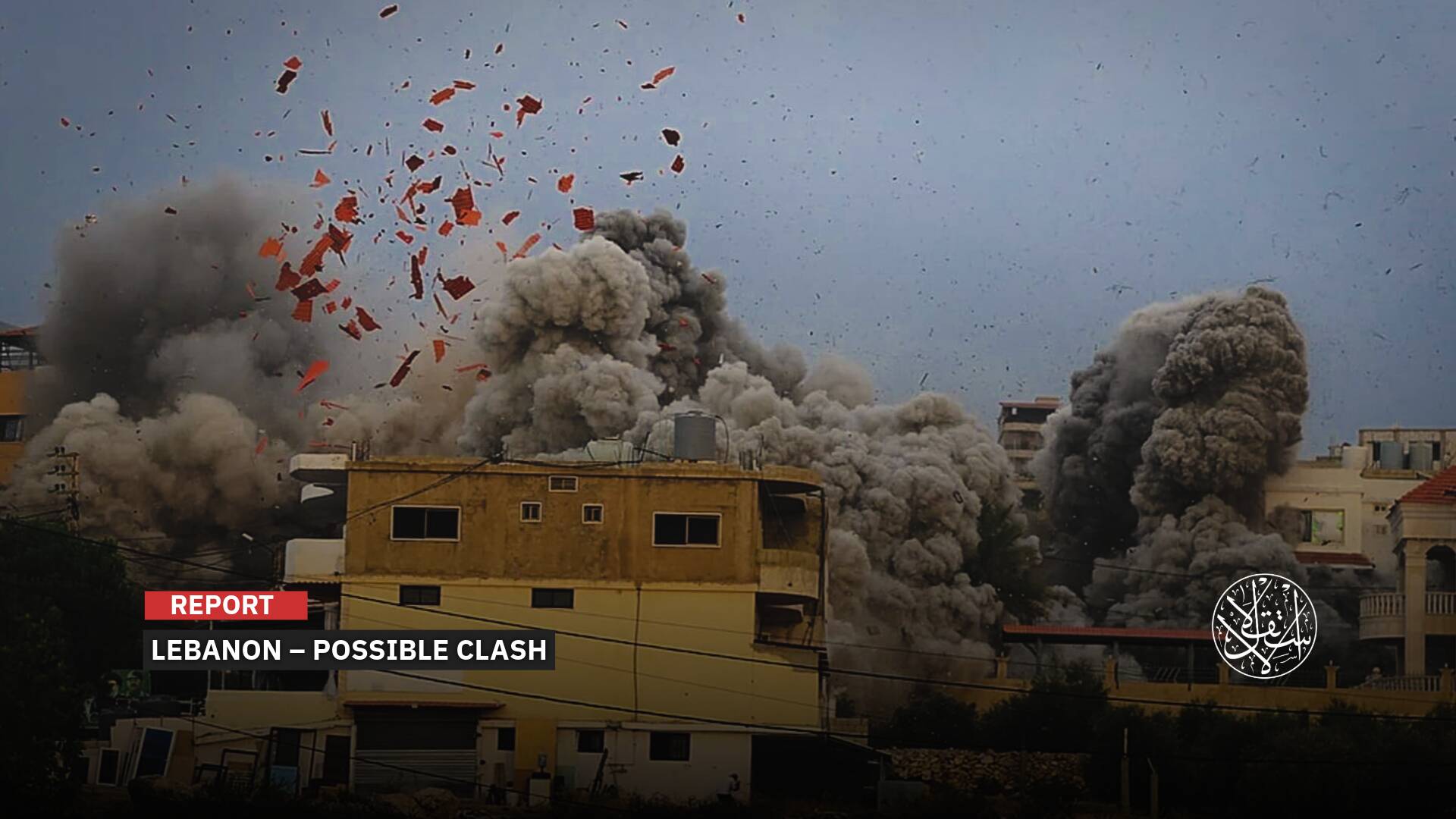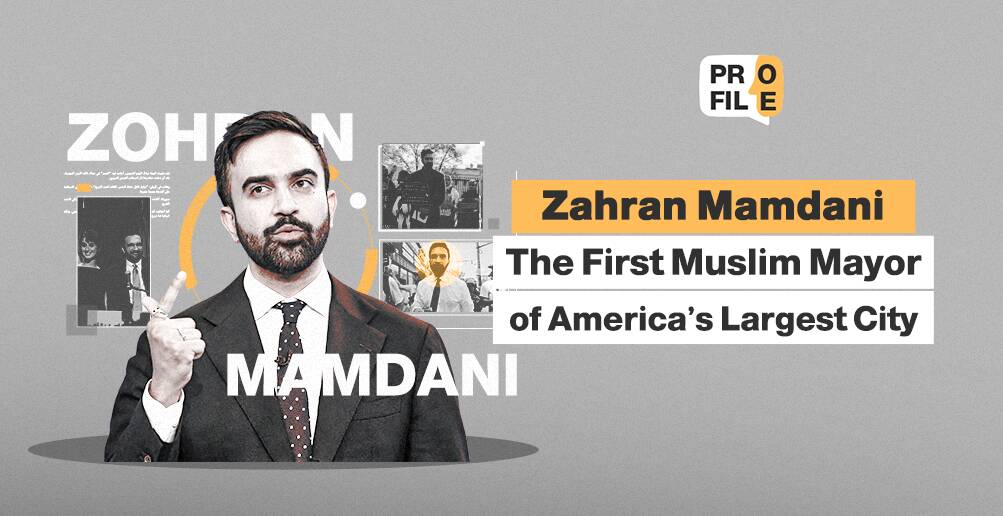How Did Iranians React to the Assassination of Two Supreme Court Judges?

The Iranian political system relies on the judiciary as a tool to suppress the people.
Once again, the assassination of judges in Iran is making headlines, amid accusations that they have issued “unjust rulings” in favor of the Supreme Leader’s regime.
In Iran, judges are widely seen as “instruments of repression disguised as justice,” especially given the ease with which death sentences are handed down against political dissidents.

Judicial Assassinations in Iran
The latest incident occurred on January 18, 2025, when an armed man assassinated two judges inside Iran's Supreme Court in Tehran, as reported by the Mizan News Agency affiliated with the judiciary.
The man entered the Supreme Court as part of a planned attack on two veteran judges, killing them before “committing suicide.” Another individual was also injured in the attack.
Mizan stated that the judges killed were Ali Razini, head of Branch 39 of the Supreme Court, and Mohammad Moghiseh, head of Branch 53, both specializing in cases involving “espionage, terrorism, and threats to national security.”
While the motive for the assassination remains unclear, Mizan noted that the attacker was not involved in any cases being reviewed by the Supreme Court, though no further details on his identity were provided.
The authorities have launched an investigation into what they described as a “terrorist” act.
Iranian judiciary chief Gholam-Hossein Mohseni Ejei said in a statement that the judges were killed due to their “decisive” sentences against “terrorists whose hands were soaked with the pure blood of the Iranian people”.
“They were always the subject of hatred and malice from the enemies,” he said.
President Masoud Pezeshkian said the “terrorist and cowardly” act must be followed up quickly by security forces and law enforcement.

The two judges had worked in the judiciary for decades, with their responsibilities in the Supreme Court including affirming death sentences.
Judge Moghiseh (68) was sanctioned by the United States in 2019 for “supervising numerous unfair trials in which charges were unproven, and evidence was ignored.
In one case, Moghiseh sentenced eight Iranian Facebook users to a total of 127 years in prison for “anti-regime propaganda.”
He also sentenced filmmakers and poets to prison for “propaganda against the state.”
In another case in 2019, Moghiseh sentenced prominent human rights lawyer Nasrin Sotoudeh to 33 years in prison and 148 lashes, according to Amnesty International.
Moghiseh was a key figure in the executions of political detainees during the 1980s, particularly in the summer of 1988.
Survivors of those executions described him as one of the prominent oppressive figures in Iranian prisons during that period, with the channel referring to Moghiseh as the “butcher of political detainees.”

‘Repression Tools’
The People's Mojahedin Organization of Iran affirms that Moghiseh and Razini are among the most prominent repressive mullahs affiliated with the Iranian regime.
It described Judge Moghiseh as “lacking any legal expertise or knowledge,” noting that when he was “appointed head of the Tehran Revolutionary Court from 1980 to 1981, he issued numerous death sentences and long prison terms for political detainees.”
On April 13, 2011, the European Union added Mohammad Moghiseh to a list of 32 Iranian officials, banning them from entering EU countries due to their roles in severe violations of Iranian citizens' human rights.
As for Ali Razini, he has held several important positions in Iran's judiciary and survived an assassination attempt in 1999 after a bomb was planted in his car, according to the Fars News Agency.
Razini is accused of being one of the judges involved in the notorious “Death Commission,” which oversaw the trial and execution of thousands of political detainees in 1988.
In the 1980s, specifically in 1988, Razini issued death sentences for many detainees, including members of the opposition group People's Mojahedin Organization of Iran.
Razini was responsible for issuing all the death sentences for female political detainees in Mashhad between September and December 1981, according to the Justice for Iran NGO.
Given this long history of unjust and politically motivated rulings, Iranian affairs researcher Amar Jallo told Al-Estiklal that the judges' assassination is “a consequence of the Iranian political system’s heavy reliance on the judiciary as a tool of repression—one that, at times, surpasses even its other coercive mechanisms.”
“Much like the Basij and the Revolutionary Guards, the judiciary in Iran is seen as both a tool of corruption and a cover for it, a symbol of oppression rather than justice, of tyranny rather than fairness.”
“As a result of this dynamic—combined with growing public resentment toward the clergy, which became particularly evident during the 'Women, Life, Freedom' uprising in the summer of 2022—a significant segment of the Iranian public now views the judiciary with even greater hostility than the regime’s other repressive institutions,” he added.
Jallo believes that “these reasons have fueled the rise of judicial assassinations in Iran, a trend we saw less than a year ago. The latest assassination of Moghiseh and Razini suggests careful planning to target them.”
“This is especially true considering their infamous history with defendants, with suspicions surrounding Razini’s membership in the notorious Death Commission and his harsh sentences.”

Political Assassination
Jallo goes on to state, “All the indications regarding Moghiseh and Razini suggest that the assassination can be classified as a political assassination, aiming to remove executioners who wore the guise of justice, which has sparked a repressed sense of joy among the Iranian public.”
The killing of the controversial judges, Ali Razini and Mohammad Moghiseh, has sparked widespread reactions in Iran, even to the point of “schadenfreude,” with some calling for the removal of other corrupt judges from the country's judiciary.
“Congratulations to the people of Iran for getting rid of Moghiseh and Razini,” some Iranians posted on social media.
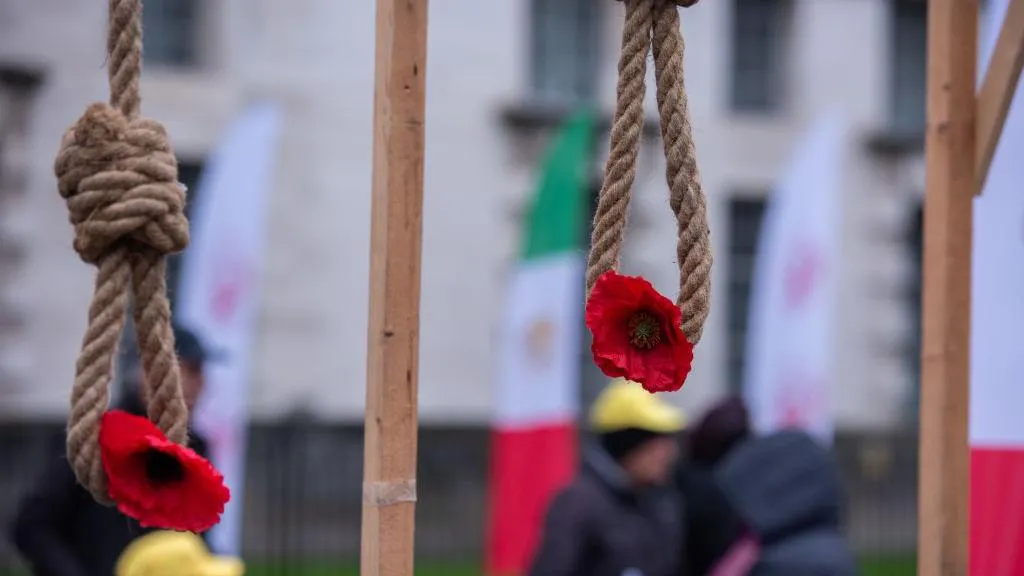
Some users also shared images of Supreme Leader Ali Khamenei, former prison executioner Hamid Nouri, and judge Saeed Mortazavi, calling for their removal as well.
Attacks on judges are rare in Iran. In August 2005, two gunmen assassinated the well-known judge Hassan Moghaddam after approaching his car in Khalid Islambouli Street in central Tehran.
Two individuals convicted of killing Moghaddam were executed by hanging in a public ceremony two years after the incident.
According to human rights organizations, including Amnesty International, Iran executes more people annually than any other country, except for China, for which reliable data is not available.
Activists express growing concern over the rising number of hangings in Iran.
The Iranian regime is accused of using the death penalty as a tool to instill fear within society, especially following the protests that swept the country between 2022 and 2023.
UN High Commissioner for Human Rights Volker Turk announced that Iran carried out at least 901 executions in 2024, nearly 40 of them in a single week in December of that year. More than 853 individuals were executed in Iran in 2023.
Sources
- Iran: Shocking 33-year prison term and 148 lashes for women’s rights defender Nasrin Sotoudeh
- https://www.aljazeera.com/news/2025/1/18/two-iranian-supreme-court-justices-killed-in-shooting-attack-in-tehran
- Who were the Supreme Court judges assassinated in Iran?
- Two of the Iranian regime's most prominent repressive mullahs killed in armed attack in Tehran [Arabic]
- The killing of the “butcher of politicians” inside the Supreme Court: Who is Judge Mohammed Moghiseh? [Arabic]
- Iran reportedly executed at least 901 people in 2024, UN says



